Aphids are definitely garden pests you want to get rid of if they’re in your garden. Aphids are the wingless spawn of the odd-winged aphid, that feeds by sucking the sap from plants.
This can lead to large amounts of crop damaged in a short time as they reproduce rapidly.
A single aphid can produce 600 billion descendants in ONE season!
To make matters worse ants like to ‘farm’ aphids to keep them alive and eat the sweet nectar they produce. And to top it off they reproduce asexually (Parthenogenesis) so that means they reproduce without actually mating.
Seems like a lost cause doesn’t it?! Thankfully there are a few ways to prevent aphids.
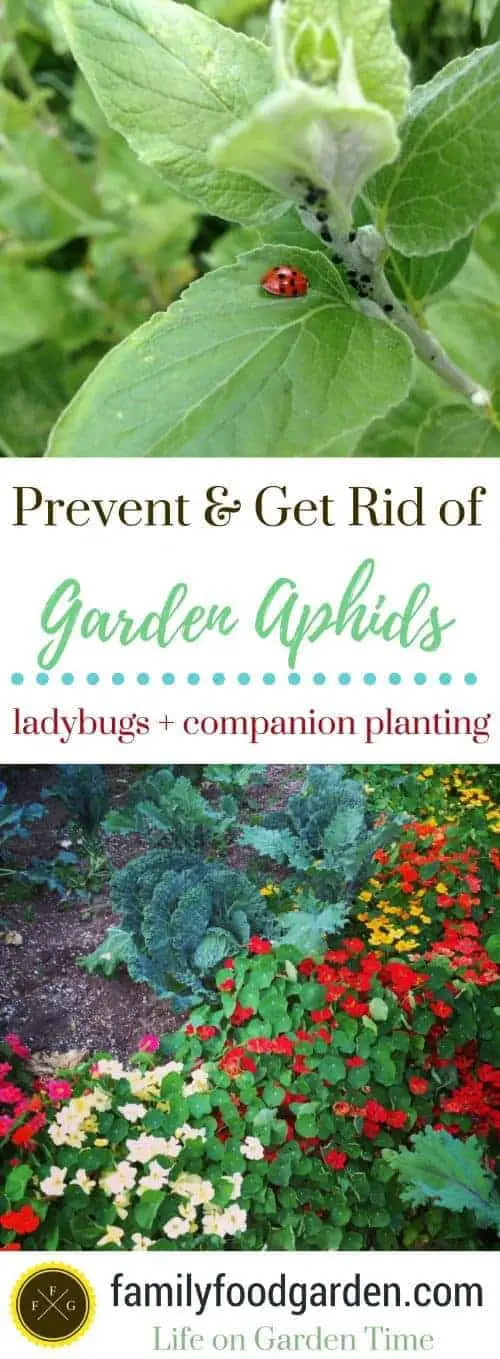
How to Get Rid of Aphids Naturally
- Spraying water: Although you can try dislodging them with a hose, to be honest, it doesn’t always seem to work. Aphids can hide in all sorts of places.
-
Use homemade organic sprays (2 recipes for a tomato leaf & garlic spray) Keep in mind that sometimes they also get rid of beneficial insects and you have to keep applying them.
- Insecticidal soap
-
Ladybugs! This method is a form of natural pest control by attracting beneficial insects that eat the pests you are trying to get rid of. In this case, ladybugs eat and kill aphids. Below I go into details on why ladybugs are great and how to attract them naturally (you won’t be able to buy them anymore with the ongoing California drought).
- Other bugs such as:
- Aphidoletes
- Brown & Green Lacewings
- Aphid Parasites (A. Matricariae)
- Aphid Predators (Aphidoletes aphidimyza)

Prevent and Get Rid of Aphids with Ladybugs
Ladybugs are capable of consuming up to 50 to 60 aphids per day but will also eat a variety of other insects and larvae including scales, mealy bugs, leaf hoppers, mites, and various types of soft-bodied insects (awesome right?!).
Both the adults and larvae are predators, and aphids are their favorite food!
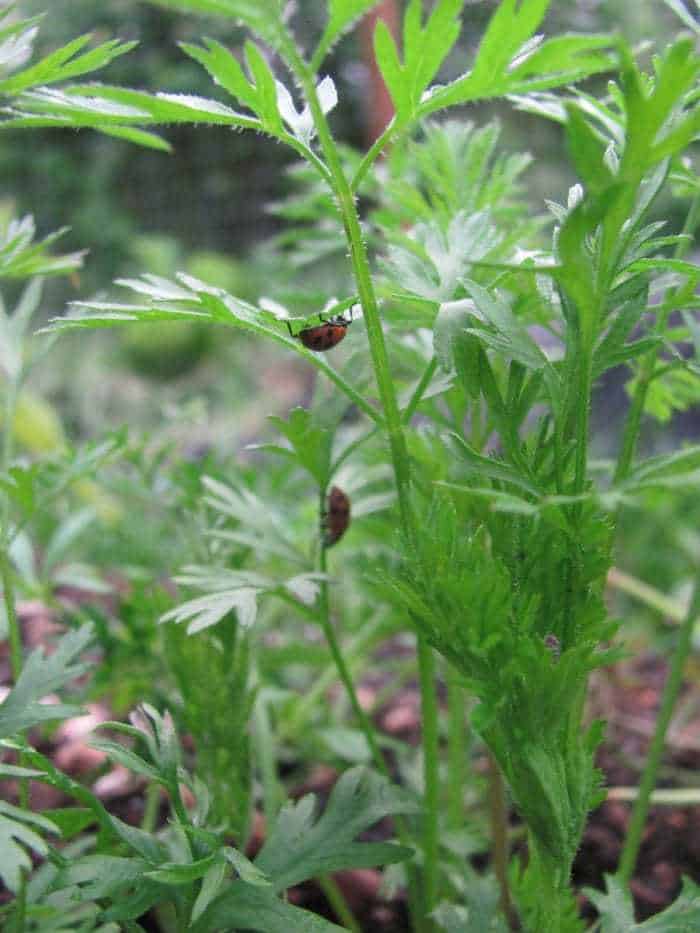
Ladybugs are drawn to the frilly leaves of plants like dill, carrots, celery, parsley, fennel, wild carrot (Queen Anne’s lace) and also flowers like dandelions and tansy.
Plants that Repel Aphids
I like to grow carrots and celery around the brassicas which helps to attract ladybugs (celery also has a scent effect). I then inter-plant some alliums to deter pests off both the brassicas and the carrots (like for carrot fly).
Then I’ll add some herbs like basil around the corners and throw in some nasturtiums flowers in random places for a beautiful and beneficial anti-aphid garden bed.
I also made a border edge of Calendula flowers (pictured above) which is both pretty and strong-smelling.
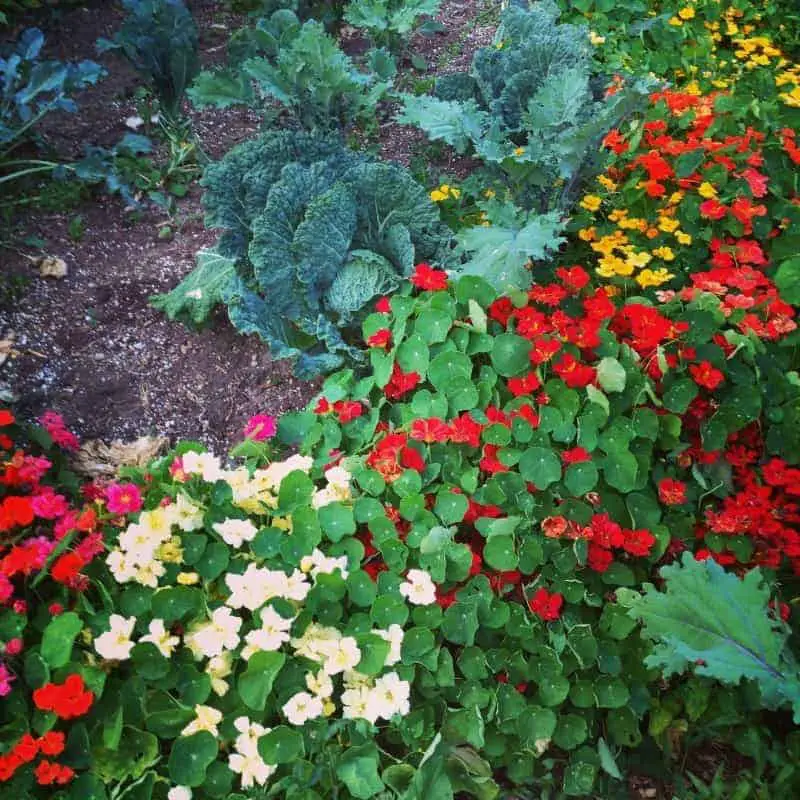
More Tips on How to Prevent Aphids
- Grow plants with strong scents to deter them: This method uses strong-smelling herbs (oregano, basil, chives, sage,…etc) and alliums (onions, garlic, leeks, green onions) to deter the flies from landing on your vegetables and then making aphid babies. This has worked AMAZING for the aphid control in our garden.
- Companion planting: Growing plants like Nasturtiums or calendula flowers so you can draw the aphids away from your veggies and to the flowers instead.
- Keep checking on your plants: Check over your crops more susceptible to aphids infestation on a frequent basis (like lettuce or brassicas) and blast them with soapy water if you spot any to prevent them from multiplying.
So to summarize. Aphids are so annoying. But companion planting is the best method for long-term aphid prevention!
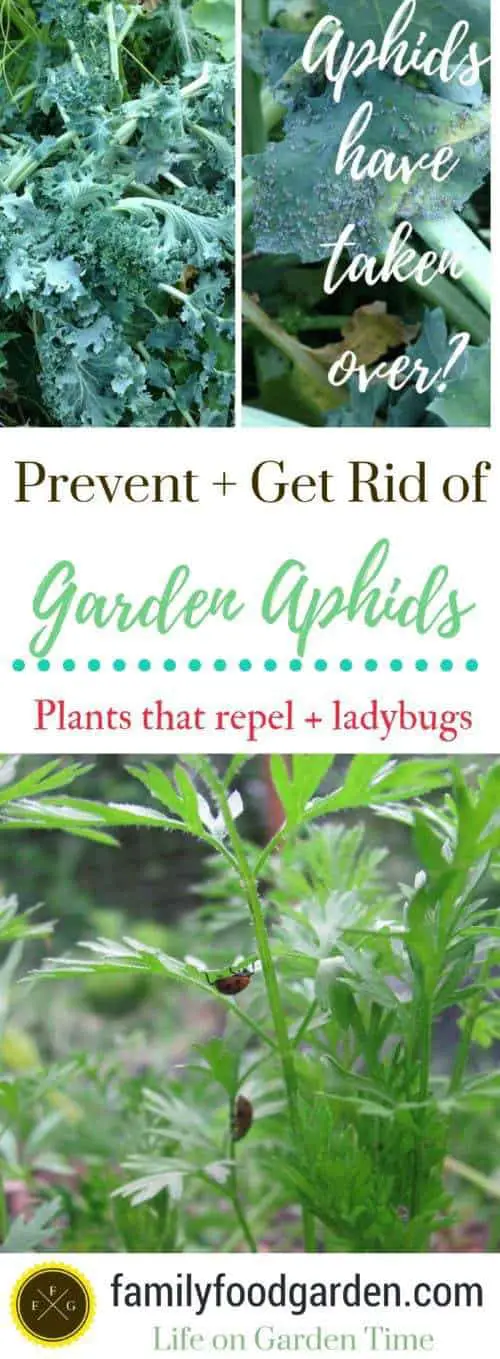

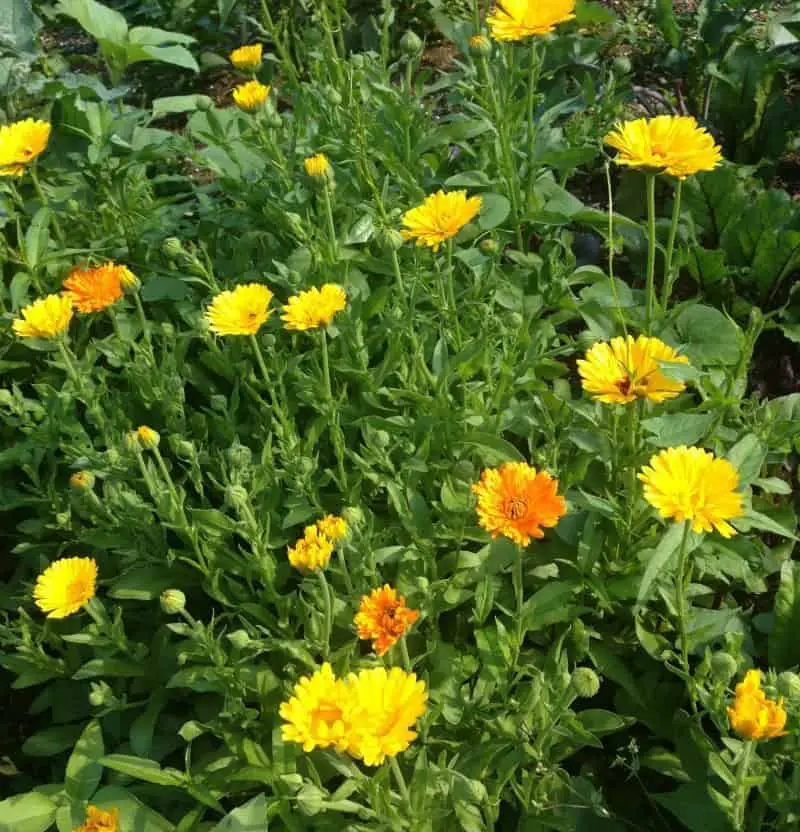
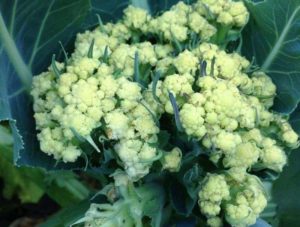
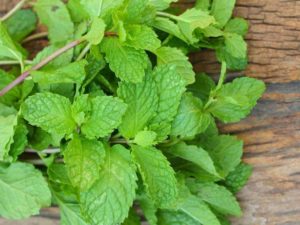
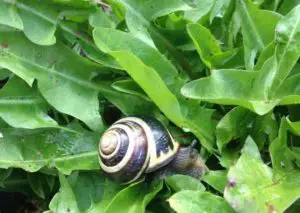
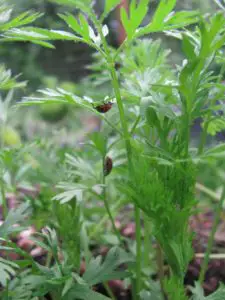
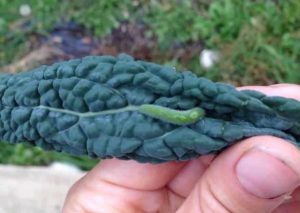
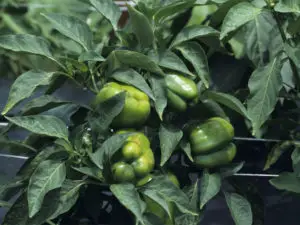

Great idea, to grow pole beans on sunflowers so they can climb. I will definitely implement this in my garden this season.
Hi, was wondering where you got the chart for the companion planting that came in the last e mail. I would love to have one like it to laminate and take out when planting. I tried to copy and past it into a document but was so small it was impossible to read. Thanks in advance.